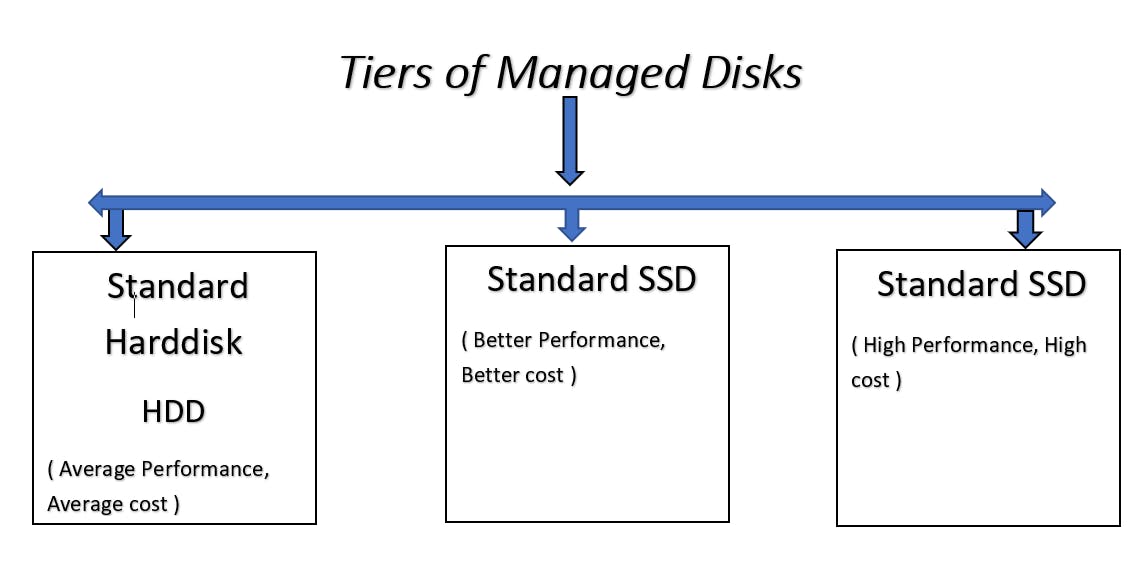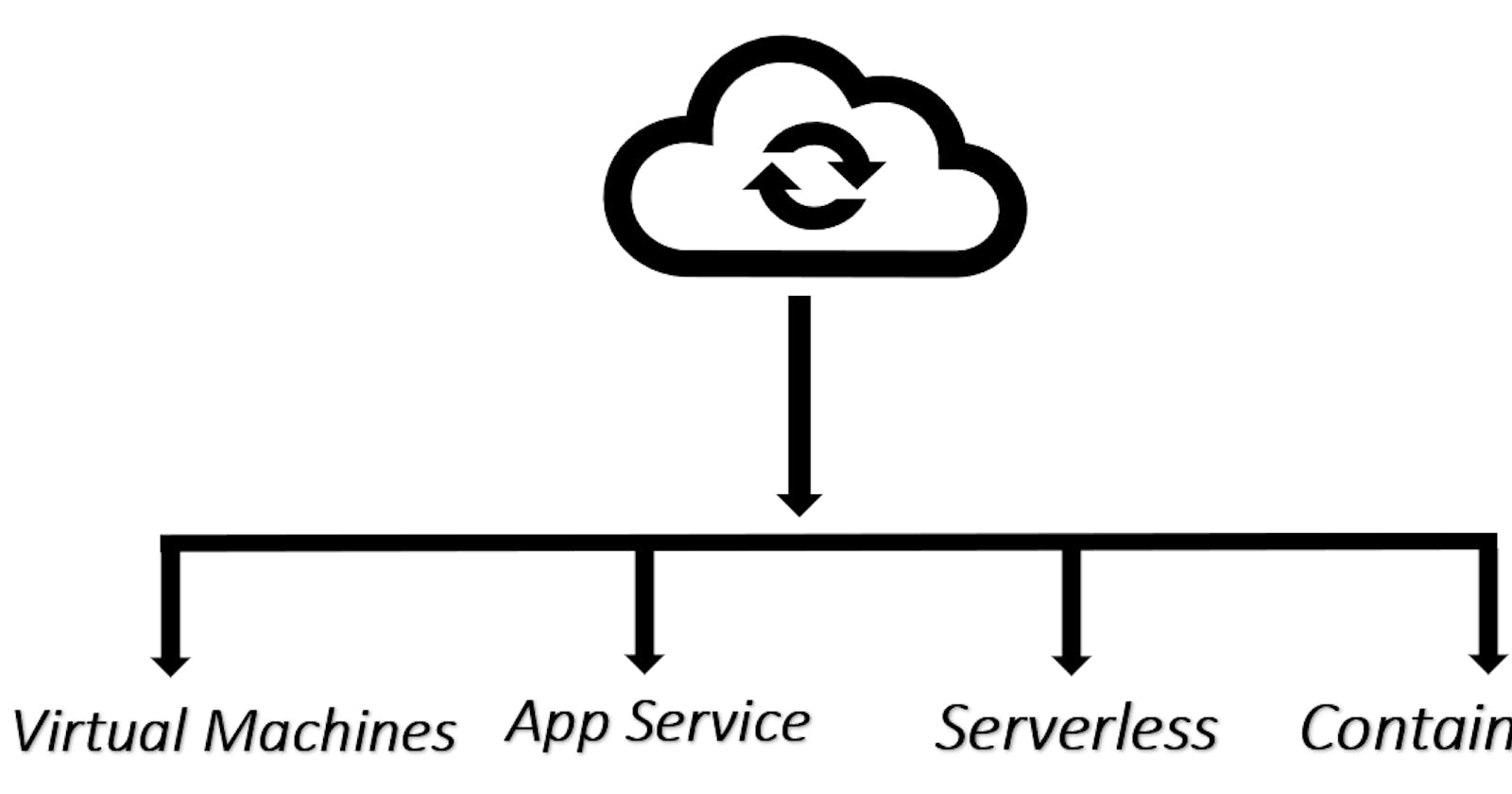Cloud computing comes with different types of solutions for different scenarios. As per requirement of business we need to choose solutions.
Choose compute solution on Microsoft Azure Cloud is based on scope, purpose and costing for that particular application.

Virtual Machines
In this blog we will focus only on virtual machines.
- Virtual machines means computing, processing and allocating CPU and Memory virtually.
- Microsoft Azure done one additional thing with this VM inbuilt features is it is separates the notion of storage from processing. mean by that you have drives or disks that are stored in Azure Blob Storage and you pay for that storage regardless of your virtual machines are running, you are going to pay to store that information and for the disk size.
- In case if your machine stop working due to any reason or crashed then also you need not to worry about your data as it is stored in different location than your VM.
- If your virtual machine is running then you need to pay as you go and when you off then VM just deallocate that resource and you need not to pay for computing.
- When you are going to create Virtual Machine on azure then you will find couple of options to choose Disk (There are different types), You need to provide CPU/Memory details as per your need and setup Virtual Networks if needed.
Managed Disks
- Microsoft Azure recently announced feature is managed disks.
- Once you choose this option while create VM then Microsoft Azure take a charge to manage Virtual Machine for you.
- It will handle management, better availability, better scalability, access controls by themselves.

How to provisioning VMs with Azure?
PowerShell
Azure Portal
CLI (Command line Interface)
Create VM with CLI
az vm create --resource-group <name> --name <name>
-- image <name> --admin-username <name> --generate-ssh-keys
Delete VM with CLI
az vm delete -g <name> -n <name> //delete vm
Virtual Machines comes with different classes in Azure so you need to choose class of your VM as per your scenario and requirements.

- Each series includes newer hardware and greater capabilities, you can choose as per your needs
Availability Set / Scalability / Extensions
One of the feature available in VM which defines that resource will be always available to you and all updates, changes will happens automatically
Virtual Machine will be up and down as per the requirements.
Scalability is one of the key feature which is in high demand everywhere to manage traffic and cost better scaling is important. Microsoft Azure allow you to manage scaling feature by manually or automatically.
Benefits of VMs on Azure
Easy Application migration from on-premises or any other cloud environment
Easy to configuration and manage security
Using managed services save time and efforts
Multiple choices to perform any single activity like for example Creation of VM you can done by three different ways like using Portal, CLI or Powershell.

